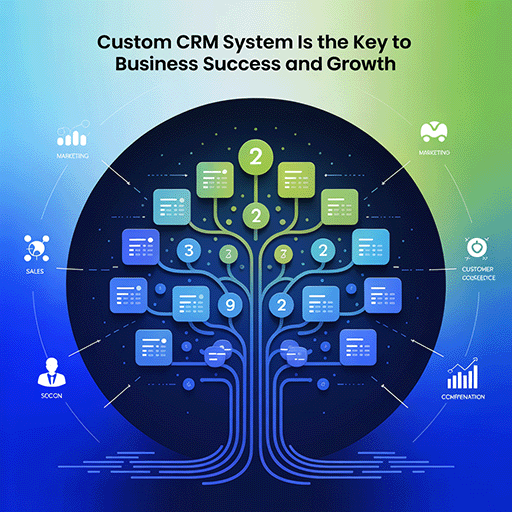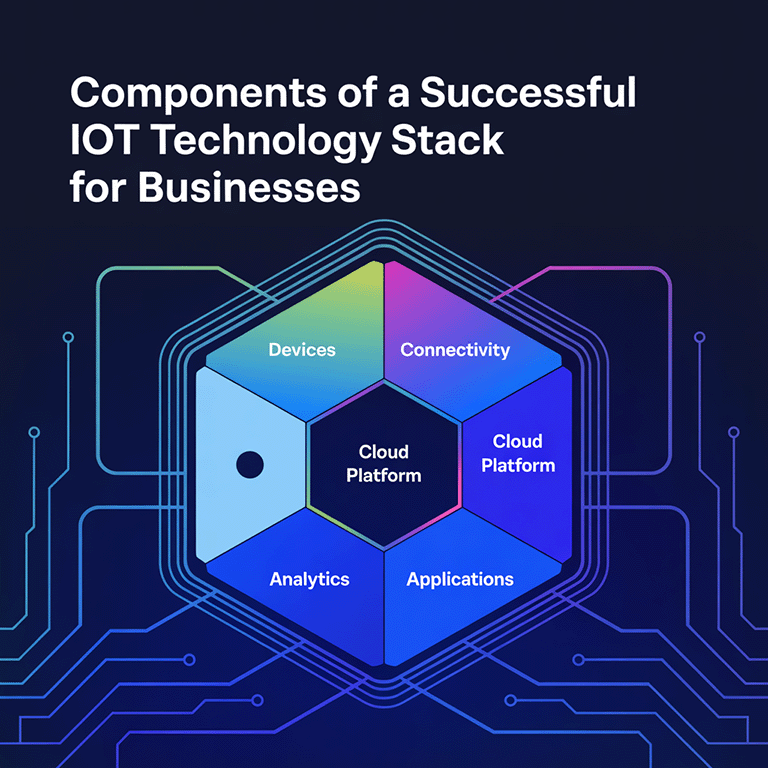The thing about apps is that they improve our lives. Need to get a cab? Here’s an Uber app. Want to order food? Here’s UberEats or GrubHub. Need to make a payment? That’s where PayPal or GooglePay come in handy. Still, creating an effective and easy-to-use app is no piece of cake.
If you have a brilliant idea for your future app, you have to know how to deal with application lifecycle management. In fact, the whole process consists of several steps, which we’ll introduce to you. Keep reading!
Short Overview Of The App Development Process
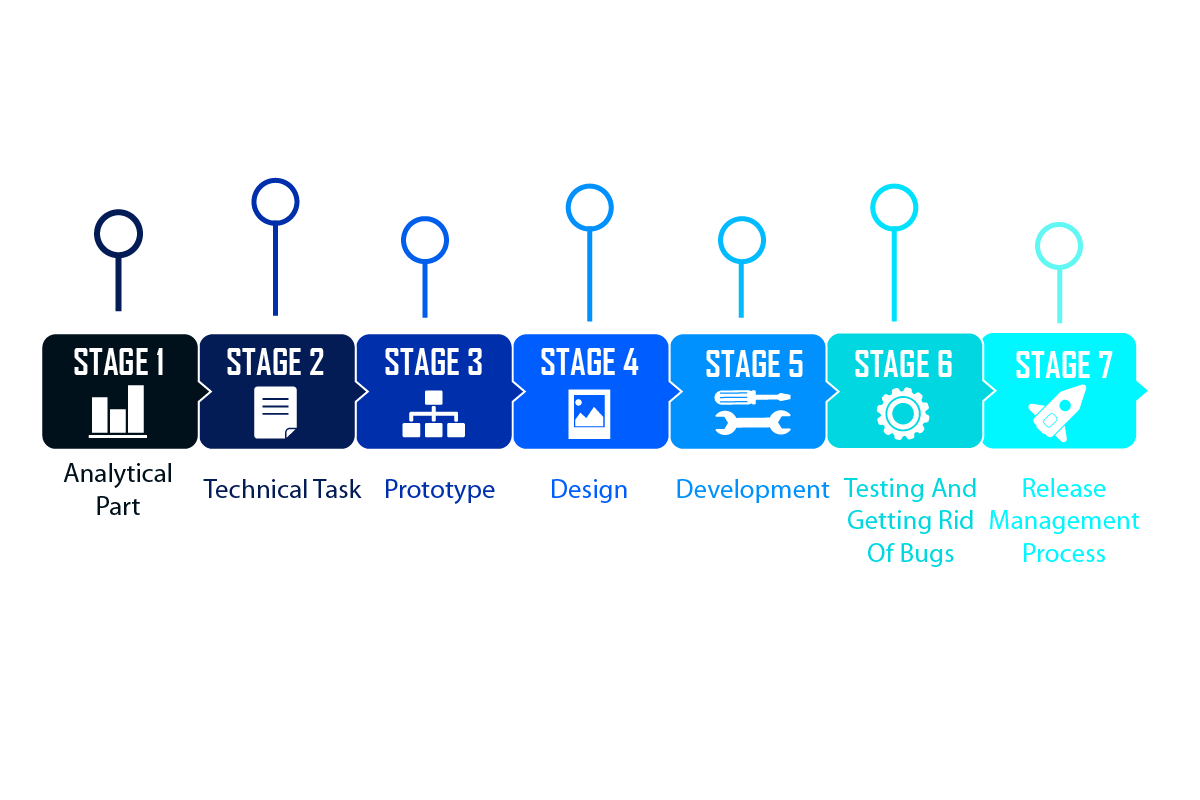
Although there are numerous apps out there, the business world’s appetite for new apps is just growing. It’s predicted that mobile apps will generate $693 billion in revenue through app stores. While many companies are trying to capitalize on this trend, others aren’t really familiar with developing competitive and successful apps.
The process of creating an app requires thorough pre-planning. Knowing all the important steps is key to ensuring the integrity of the app and reducing time to market.
That’s why we’ve created a guide that walks you through all the stages of mobile app development.
Stage 1: Analytical Part
If you want to create an app, you should first think about the basic idea. As soon as inspiration overtakes you, you should make notes because there’s a lot of work ahead of you.
Before you start developing, you should thoroughly research the current app ecosystem. Are there similar apps on the market? Make sure you don’t copy an existing product because no matter how good your idea is, it’ll fail if you simply copy someone else’s work.
Identify the users of your app. If you want your app to succeed, you need to know if there’s already a market for it. Will your final product appeal to a wide audience? So, before you invest a lot of time and resources in the app development process, it’s better to do market research.
Determine the concept of an app. You need to know what kind of app you want so you can plan your budget. Start by defining the functions: what it should do, how it should work, choose an app platform, and think about UI with all its buttons and screens. This will drive the whole workflow later on.
Stage 2: Technical Task
The next step is a technical task, also known as a technical specification. It’s something like a manual for your product, with the requirements and business goals. This document contains everything, including an introduction, the goals of the application, the technologies used, the tests required, the budget, and the timeframe. It’s a detailed description for developers designing an application.
To create a technical task, proceed as follows:
- Determine how the project can be accomplished;
- Define the main functions of an application;
- Propose the interface structure;
- Specify an application architecture.
Now that the technical documentation is ready, the development team and the client agree on it and estimate the scope and cost of the project. After the requirements are clarified, the team breaks down the user stories into individual functions. It helps create a plan for the mobile app development with MVP and prioritize the tasks.
Stage 3: Prototype
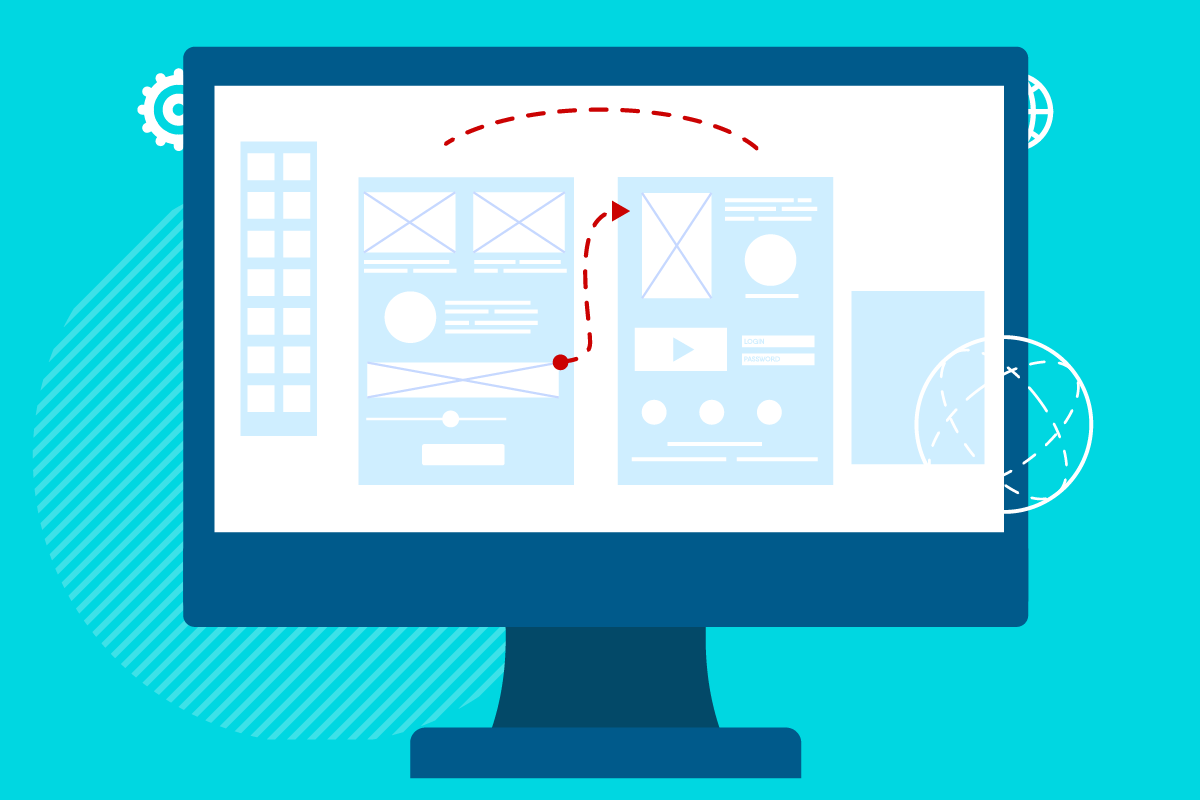
Prototyping is a phase of app development process where you create the first design sketches. You should illustrate a common vision of how the app will look like and what features it’ll have. Prototyping your app isn’t about making it perfect. But make sure it’s sufficient for initial testing.
To create the app prototype, we usually do the following:
- Create a sketch — this is the draft version of your future app, but on paper. You need it to define critical aspects like logic in an app.
- Create wireframes — this is a visualization of the structure of your app. With their help, you’ll create rough sketches or blueprints. This way you can better see the technical details of your app and make changes without going back and rebuilding the project.
- Create a clickable prototype — this is a visual representation of the app UI. Unlike a static wireframe, it can show an app in different states. A clickable prototype helps find logical breaks and technical inconsistencies.
- Create the final design — put all the wireframes together to get the end look.
Once all the steps are done, it’s time to move to the next stage — design.
Stage 4: Design
At this stage, UI/UX specialists draw the app’s design using the best animations, styles, and techniques to make an app feel smooth. Using an app prototype, the team creates designs for each screen of an app. Here are what designers develop:
- App navigation
- Text fields
- Buttons
- Icons
- Visual elements
Once you’re done with the design, you can move on to the coding.
Stage 5: Development
Now, when the previous stages are completed, the team begins the mobile app development cycle. During this stage, developers come up with:
- Front-end — creating the graphical user interface for an app;
- Back-end/server/database/cloud storage — the data access layer that’s connected to the front-end and enables an app to operate;
Before setting up development, the team estimates and prioritizes all tasks and breaks the project into sprints to complete it in an optimal timeframe. To build an app, developers must first define the technology stack.
To create the mobile app for IOS, engineers can use the following:
- Objective-C
- Swift
- Python
For the Android app, they use:
- Java
- Android Native Development Kit (NDK)
- Kotlin
- React-native
- Firebase
Software engineers, UI /UX designers, and quality assurance engineers work together to get the job done. They hold regular meetings and report on progress daily or weekly. One of the most important aspects of mobile app development is to provide regular project updates to the client. We make sure we’re on the same page with the client.
The cost of app development depends on many factors. If you want to get an estimate for your app, use our cost calculator.
Stage 6: Testing And Getting Rid Of Bugs
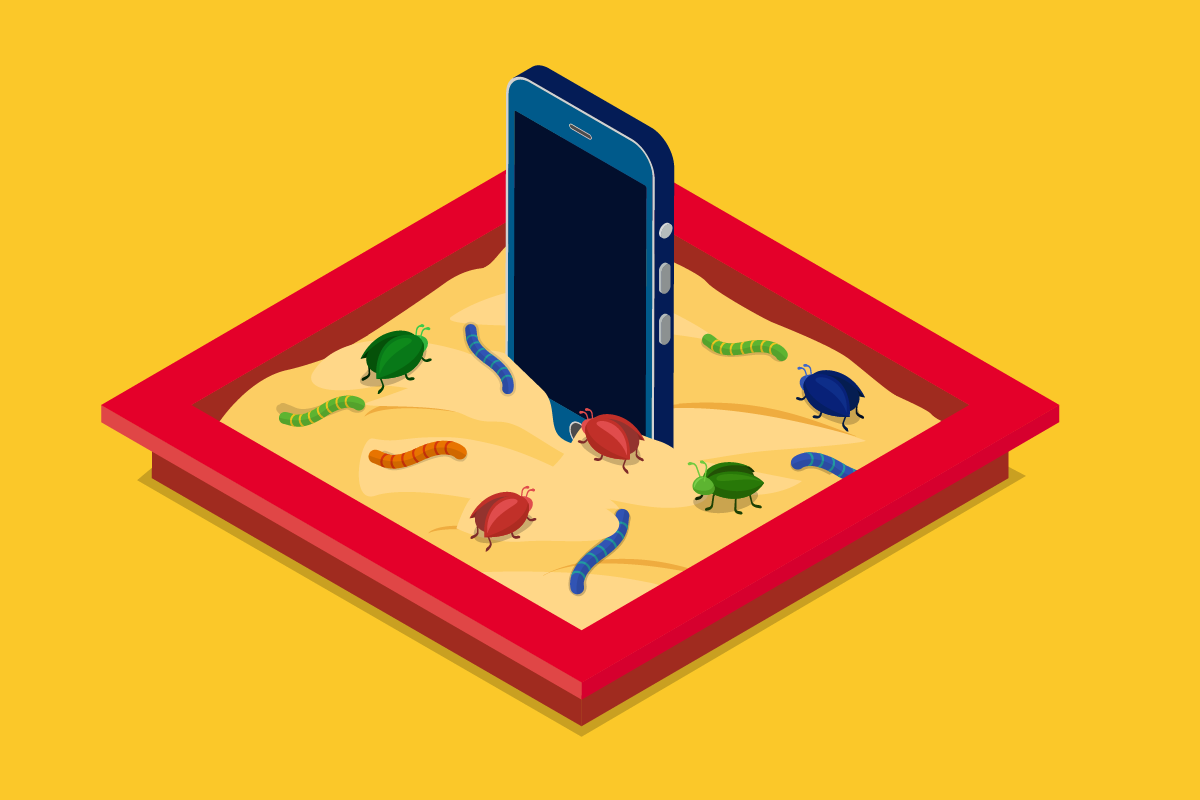
Testing your mobile app often is key to a successful outcome. If you deploy it in the early stages, testing can save your budget.
The QA team tests a mobile app for security, performance, usability, and compatibility. It’s better to break the process into layers. Start with testing the main functionality of the app, then the additional features, and finish with the design. Also, you should implement the features one by one or in a small number than a whole pack to avoid a lot of bugs.
Here’s the list of tests that QA specialists usually perform:
- Compatibility tests — how the app works on different devices and screens
- Interface tests — how the navigation, menu, and buttons work
- Security tests — how secure sensitive data is
- Low-level resource tests — focus-groups examine the app and give feedback
- Beta tests — how the app works when the battery is low, internet connection is slow, etc.
Stage 7: Release Management Process
You’re dead wrong if you think that launching your app is the end of the story. After you present the app to the public, the first reviews start coming in. It’s your job to read them, identify the most common criticisms, and make changes. Don’t think of them as a bad thing. They’ll help you develop the future versions of the app.
Also, keep in mind that app stores have certain guidelines. If you want them to accept and verify your app, it must meet all the requirements. It may take a few days to months for your mobile app to be reviewed and verified if it meets the development guidelines.
In a Nutshell
Mobile app development isn’t a piece of cake. It’s a time-consuming and rigorous process. From the concept to the first release, you need to pay attention to every aspect. After reading our article, you already know 7 stages of mobile app development. However, the key to a successful outcome is having a team of experts to guide you through the entire process. Hire a top-notch app development team from LITSLINK to make everything go smoothly.
Contact us today to build your first bombshell app!


